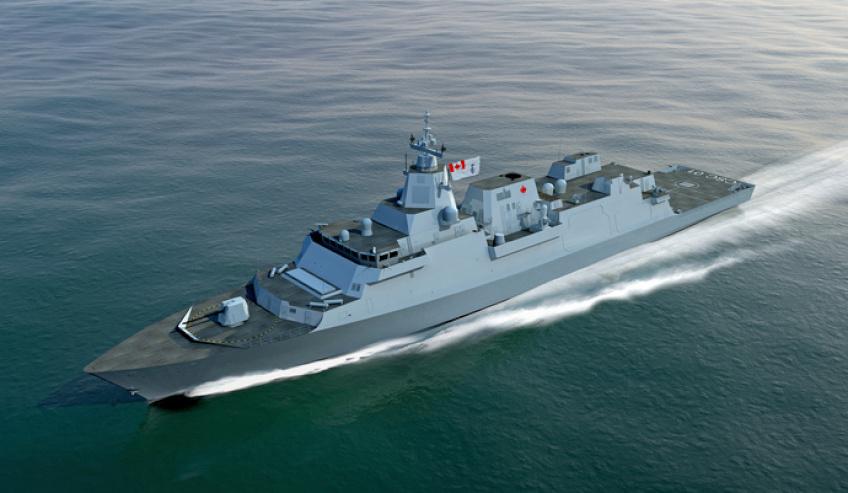OSI Maritime Systems announced the contract signing with Lockheed Martin Canada to design the integrated bridge and navigation bridge for the Royal Canadian Navy’s Type 26-based Canadian Surface Combatant vessels.
The CSC project, which is part of the National Shipbuilding Strategy, will replace both the Iroquois Class destroyers and the Halifax Class multi-role patrol frigates with a single class of ship capable of meeting multiple threats on both the open ocean and the highly complex coastal environment.
The CSC project is the largest and most complex shipbuilding initiative in Canada since World War II, which will see Irving Shipbuilding as the prime contractor and will build 15 ships at its Halifax Shipyard.
OSI is a leading provider of military integrated bridge and navigation systems, delivering globally its IBNS solutions to allied and NATO navies. OSI’s IBNS, known as Integrated Navigation & Tactical System (INTS), is a fully scalable, IMO and NATO STANAG 4564 WECDIS compliant integrated bridge system.
INTS has Marine Equipment Directive (MED) Type Approval certification from DNV GL as an integrated navigation system. Among key industry standards that are met by INTS are MSC.252(83) and IEC 61924-2 for INS, as well as MSC.302(87) for bridge alert management.
Centred around OSI’s ECPINS, the system integrates selected radars and navigation sensors, providing a comprehensive and cost-effective military IBNS.
In addition to the new CSC contract, OSI has built six systems for the RCN’s Arctic Offshore Patrol Ships program, as well as recently being awarded a contract to provide IBNSs to the RCN’s new Joint Support Ships program.
BAE Systems, along with CAE, L3 Technologies, MDA and Ultra Electronics, have partnered with lead-contractor Lockheed Martin Canada as part of a successful offering to the RCN of one of the most advanced and modern anti-submarine warships in the world.
The program will benefit from advanced digital design techniques and builds on the Navy’s pedigree in anti-submarine warfare and extensive operational experience.
Purposely designed to support anti-submarine warfare, air defence and general purpose operations anywhere on the world’s oceans, the Type 26 Global Combat Ship will be acoustically quiet, versatile and highly survivable.
Canadia's CSC variant of the Type 26 is based on the Royal Navy's future-HMS Glasgow, the lead-ship of the class, which is currently under construction for the RN at BAE Systems’ shipyard in Glasgow, and will be equipped with high-tech platform innovations from prominent Canadian companies.
The Type 26 serves as the base design for the RAN's Hunter Class frigates. The $35 billion SEA 5000 Hunter Class frigate program will see Australia's eight Anzac Class frigates replaced with nine Hunter Class vessels, to be built by BAE Systems at Osborne Shipyard in South Australia from 2020. The project is expected to create 4,000 jobs.
In October 2018, BAE Systems Australia announced that it had signed an advanced work arrangement (AWA) with the Australian government for the Hunter Class frigate program. The AWA allows BAE Systems to continue to mobilise the program, including maturing design and engineering plans, establishing a skilled workforce and setting up the required infrastructure necessary to commence prototyping in 2020.



